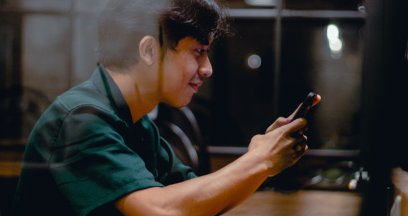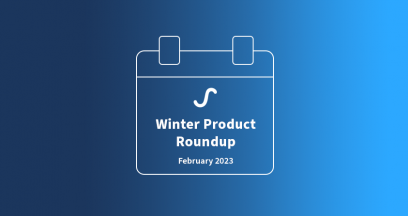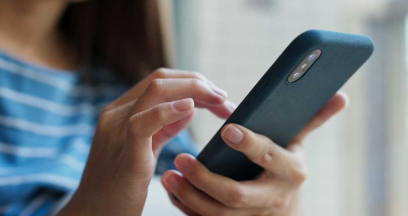Historically, theme parks have tended to dismiss guest-facing mobile apps as offering limited, tough-to-quantify ROI. But that has all changed. Today, the world’s leading attraction brands are using mobile apps as their primary channel of engaging with their guests. And they are seeing some phenomenal results—from dramatic improvements in visitor satisfaction to millions of dollars in ancillary revenue.
In 2019, visitor attraction apps were used on-site by 40% more guests than in 2018. This growth only continues to accelerate as visitors have come to expect great mobile experiences everywhere they go. Research by Omnico reveals that 95% of global theme park visitors will spend more if they can download a dedicated park app that is functionality-packed and essentially a “theme-park-in-their-pocket”.
So, what exactly do guests expect from this app experience? Here, we discuss the features your theme park app should include to deliver on visitors’ experience expectations both on and off mobile.
An End-to-End Experience
Theme park apps should play a role across the entire guest journey—before, during, and after a visit. As soon as a guest purchases their ticket, the app should surface relevant information exactly when and where it is needed.
Pre-visit, a guest may want to plan their day ahead of time so they can pack in as much activity as possible. However, if they have visited the park before, this may not be necessary or part of their guest journey.
Visitors will likely want to grab some lunch during their visit—if they’re visiting as a family with young children, they’ll probably appreciate some convenient family restaurant and meal recommendations. A young couple, on the other hand, may be interested in the lunchtime happy hour options.
Being able to distinguish between the different needs of your guests is what’s super important in delivering an individualized end-to-end experience. There's no point in offering all your guests a second-day upgrade as some of them will already be season pass holders or promoting a family-friendly ride to thrill-seeking couples.
In other words, every guest will have unique requirements before, during, and after their visit. It’s your job to cater to all of them at the exact moments these needs arise.
Harnessing customer data and gaining a detailed understanding of your guests will equip you to anticipate guests’ needs and react in real-time to points of friction with laser-targeted content.
A Personalized Experience
We already know guests are willing to part with their money in exchange for experiences. After all, that’s why they’re visiting your theme park—to create memorable experiences that are worth paying for. So, when you can offer a better, more personalized experience, most guests are willing to pay more.
Think of your app as a digital companion—a virtual tour guide available to answer visitors’ questions, provide recommendations, and serve up personalized, location-specific offers and information.
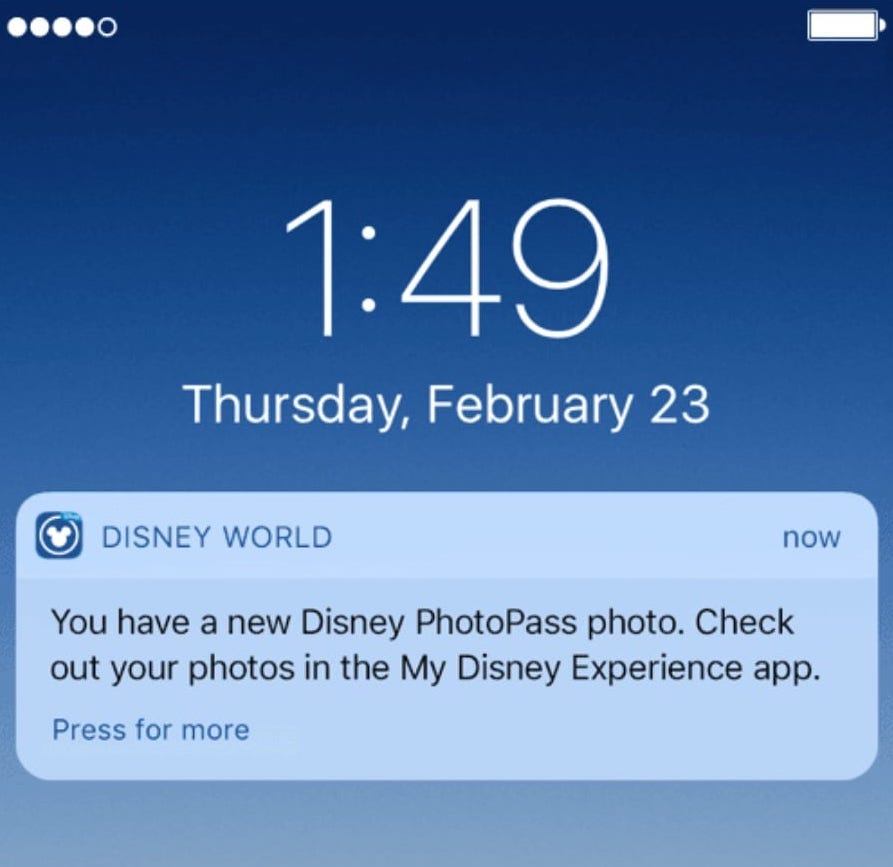
Today’s customers want brands to understand them and know precisely when and where to approach them. Over 70% of customers will only engage with marketing messages personalized to their specific interests.
Push notifications and in-app messages are perfect for targeting visitors with relevant promotions and incentives based on their interests and onsite behavior.
For example, if it’s approaching lunchtime and the guest has been at the theme park since morning, they might receive a food offer for a nearby restaurant.
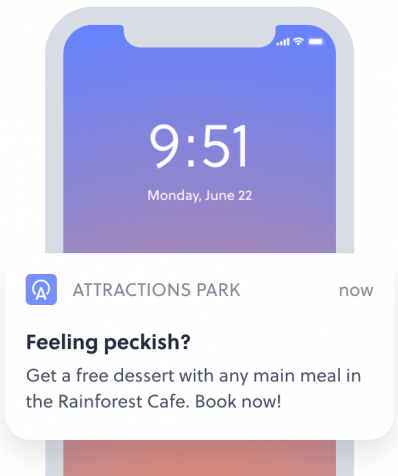
Perhaps there’s been a new attraction added since the guests’ last visit. You could let them know about it the evening before their visit.
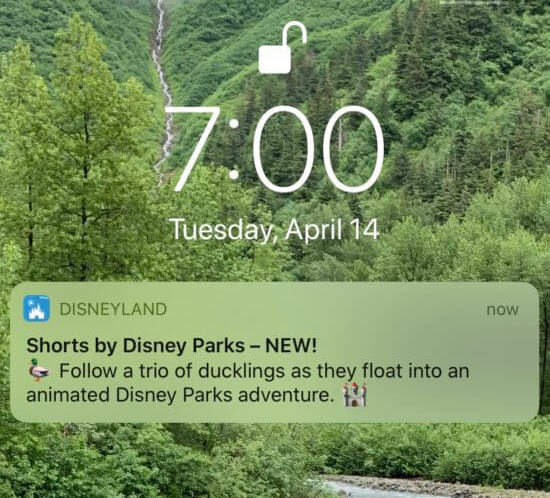
Your app data can reveal insights into your customers’ interests. A season holder’s data might reveal they always spend time in Harry Potter World every time they visit. They also regularly visit the merchandise store and engage with Harry Potter related content within the app. Using this information, it would be hard to argue the below example isn’t a hyper-relevant offer.
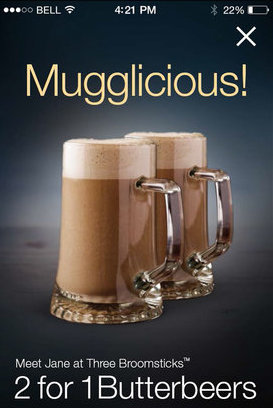
Because these messages and offers are highly-targeted and contextual, they enhance rather than detract from the guest experience.
In fact, visitors surveyed want to receive notifications, as long as they are relevant. An average of 46% would delete an app if the offers were irrelevant, highlighting the importance of being customer-centric.
Help Avoiding Queues
Theme park visitors are always keen to avoid the frustration of queues. They’ve paid for an ‘out of this world’ experience, and their time in the park is limited. So the last thing they want to do is stand in slow-moving lines all day.
Before the likes of mobile banking, click and collect, online shopping, and self-service checkouts, queues were the norm and people expected them. Nobody ever liked them but there was a time when there was no alternative. Today, people expect immediacy and are less likely than ever to stand in a long or slow-moving queue.
Before mobile apps, reducing lines and equally distributing people was one of the biggest challenges faced by amusement parks. In a recent study, 68% of respondents said the main reason they download the app is to beat queues.
Therefore, displaying wait times, facilitating remote queues, and providing real-time updates and solutions can transform a guest’s lasting impression of your brand.
Guests are less likely to bring along their own food and snacks if they are confident they will conveniently be able to grab food at the park, particularly families with young children.
Also, when not stuck in long queues, guests have more time at the end of their day to visit the merchandise stores, pick up photos, and enjoy everything else the park has to offer.
Here are some great examples of how push notifications can alleviate the friction caused by queues.
Virtual Queue Reminders
When a user books their place in a queue, deliver a push notification when it’s almost their turn. Let them know at the time of reserving that they will be notified, so they can continue exploring the park rather than checking the app or worrying they will miss their turn.
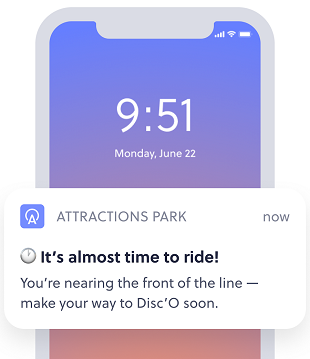
Fast Pass Offers
You can target guests approaching long queues (virtual or physical) with ‘fast pass’ offers or an option to book for later. The aim is to continuously reduce friction wherever possible and enhance the guest's experience while they are inside the park.
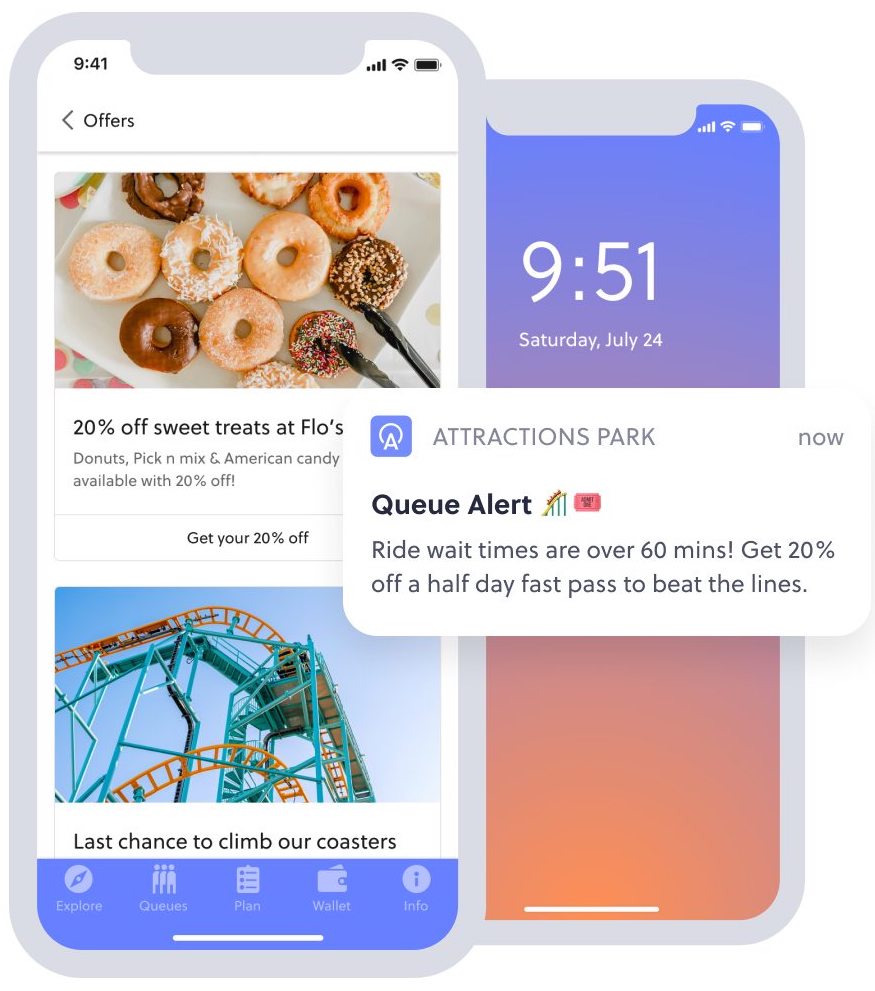
Real-Time Suggestions
During the day, if the park-goer hasn’t visited an attraction in a while or seems to be static for some time, send them a friendly notification of areas or rides that have the least amount of people.
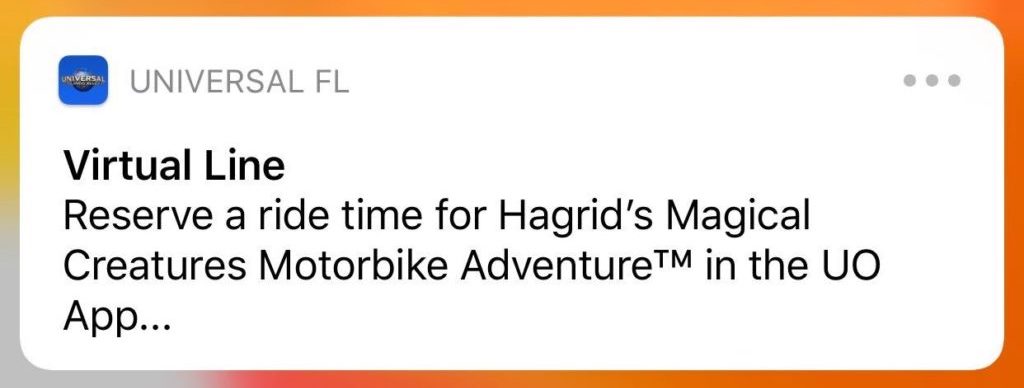
Real-Time Updates
Half of park-goers say that receiving information and updates about events and shows is important to them during their theme park visit.
Your mobile app gives you direct access to notify your on-site visitors of any important announcements or updates in real-time.
For example, you can instantly notify guests who previously showed interest in a nearby attraction that the queue time has dropped.

To avoid causing guest frustration, it’s important to notify guests as soon as possible about attraction closures, show cancellations or weather disruptions.
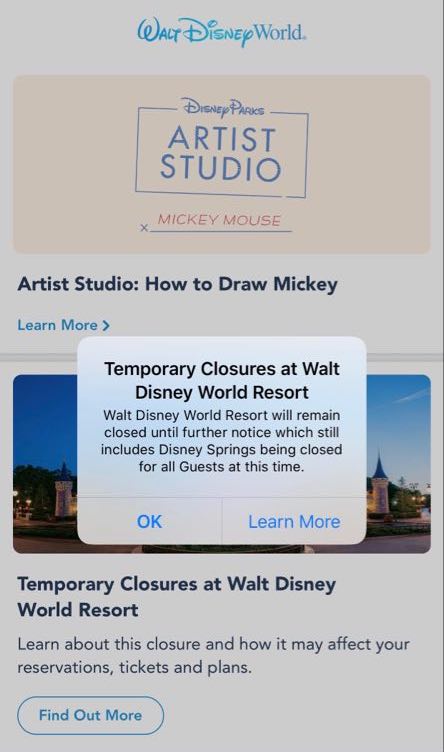
When guests are browsing attractions or looking at your map to decide what to do next, deliver a helpful in-app alert about the next upcoming show or event.
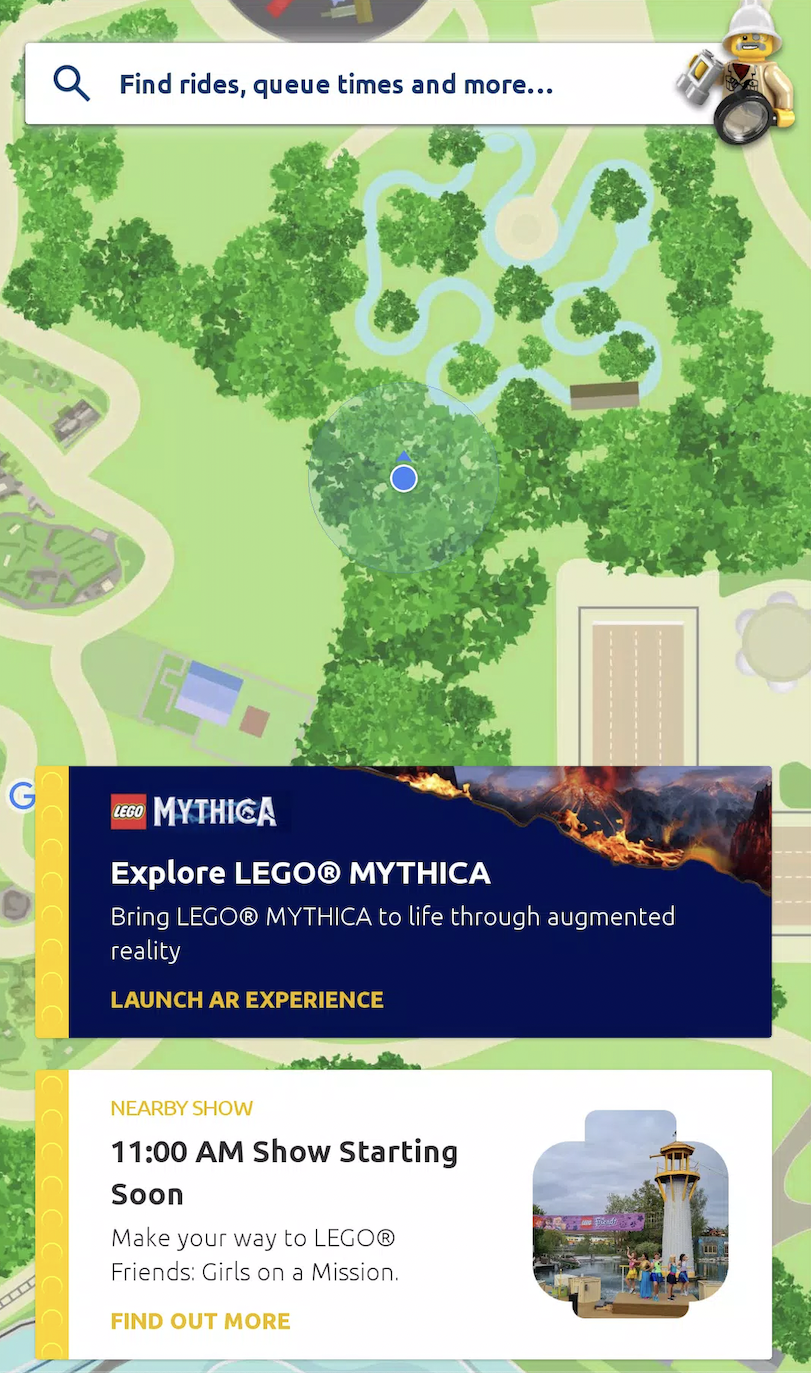
After a fun-filled day, the last thing guests want is to get lost on their way back to their car. This inconvenience has the potential to put a downer on the day. So, to ensure the experience ends on a high note, help your visitors navigate their way back to their car as soon as they reach the park exit.
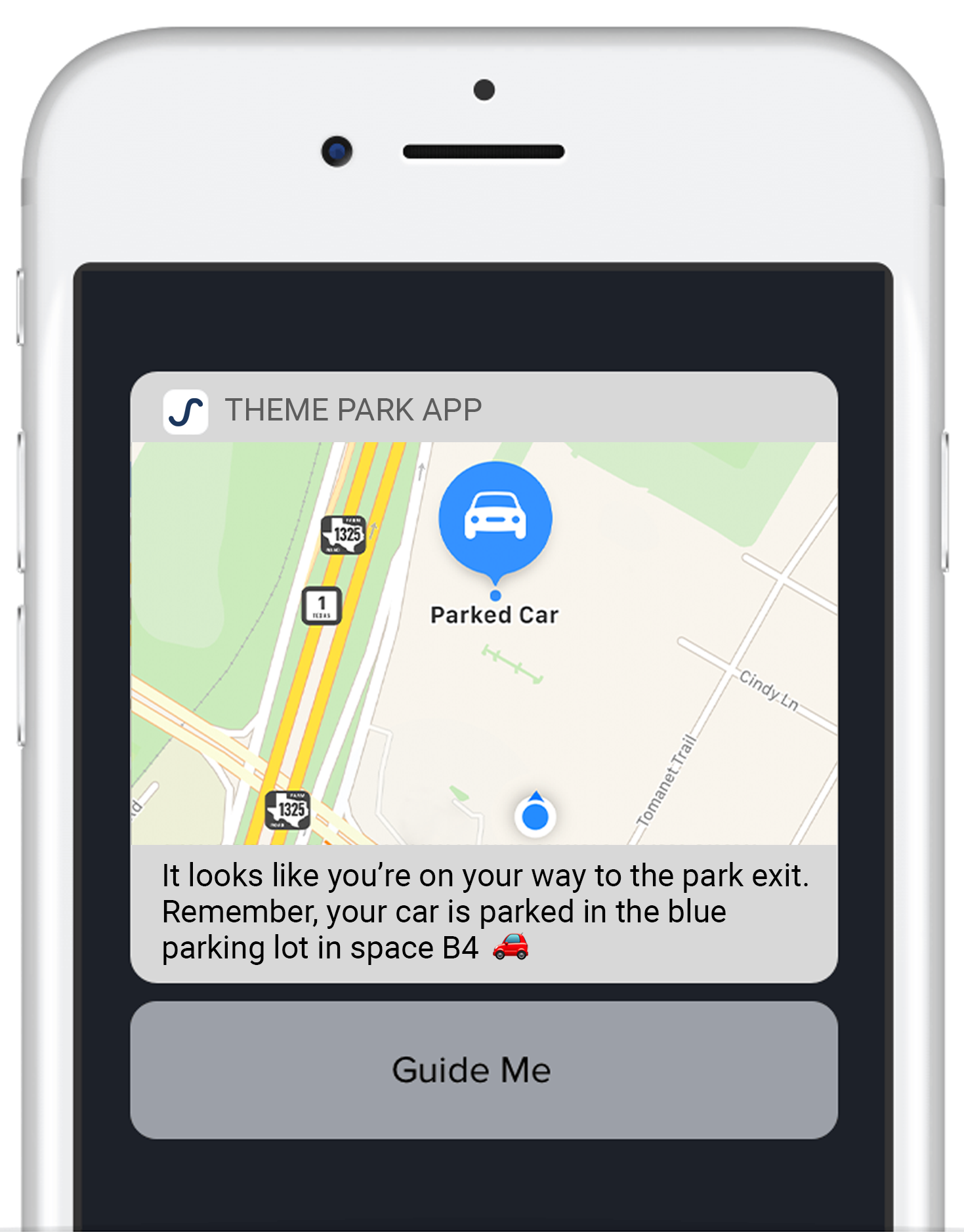
An Incentive to Return
All park operators want happy guests to return again and again. For many, a theme park visit is an occasional day out rather than a weekly or monthly occurrence, particularly when guests are visiting from afar. So, building loyalty and encouraging return visits can be a challenge.
Apps are the perfect channel for delivering loyalty incentives, but what is most likely to capture the imagination of visitors and stimulate another visit?
50% of people say they would spend more during or after a theme park visit if it meant they would receive offers relating to their next visit. 66% of respondents would like to receive a discount on their next ticket, and 50% would be interested in priority tickets or queue-jump pass discounts.
For parks with multiple locations, it’s crucial to recognize visitors across each location and engagement channel. A mobile app, providing such ease of access to rewards and offers, gives previous customers an incentive to come back or visit another location.
Final Thoughts
Theme park apps have the potential to offer guests a hybrid experience that adds a personalized interactive layer to the physical attractions on-site. This fusing of the digital and real-world is here to stay.
For today’s visitors, an app is essential to the enjoyment of a park but only if it contains valuable functionality—helps guests organize their visit, avoid queuing, and generally make the most of their time.
Apps that don’t supercharge convenience and personalization risk losing out on substantial revenue and repeat visits. Connecting all touchpoints in the visitor experience before, during and after their visit is essential to providing visitors with the most enjoyable guest experience possible.
The way to do this? Provide a feature-packed app and deliver a solid mobile messaging strategy that is personalized and relevant at every stage of the visitor journey.
To discuss the ways Swrve can help you meet visitor expectations with our mobile messaging solutions, book a demo with our team of experts today.




